Renting a car provided me with the opportunity to seek further into exploring Syria rather than traveling to places around Lattakia. In fact I wanted to travel to Lebanon, but at the last moment the decision was made to go to the ancient city of Palmyra. Took the family and departed around 7AM. Driving, seeing board signs saying “Lebanon” was tempting. I was joking with the rest with me if we would change plans and go to Lebanon, they were thrilled about it, but after a little last minute discussions before the crossings we decided to stick to the plan, and continue the way to Homs and from there to Palmyra. The road was well paved, and the trip took 3 and a half hours till I saw the city emerging out on the horizon. The first thing to I saw was the high hill and the old castle on the top of it. At that point it was to me a sort of an awkward moment; when I saw the sign on the road pointing straight forward and on it written “Iraq”, beneath it “260 KM”. I was almost 2 hours from Iraq! I kept on driving, following the signs to Palmyra which goes around the huge hill before I could see the town beneath and the ancient city on my right side.
We were tired and hungry, and it was almost 12 midday, so we decided to find the good restaurant we have been told to go to, Bab-tedmur, which was on the other end of the ancient city. This means that we had to drive through the old city on a very clean and very rough road: the road was paved with small gray hard rocks to slow down drivers.
Bab-tedmur is a hotel and a restaurant. When we arrived, an old tall-thin man wearing a black head-of-waiters suit welcomed us. He showed us the way to the huge main hall that was decorated so simply and beautifully with wooden graphics and semi-luxurious curtains, and had air-conditioning systems spread in different corners and spots. The waiter told us about a meze buffet to be opened in 15 minutes, and that we can order the food at anytime. We ordered coffee first and asked to bring the food later, the old waiter then told us about the event of his life: after 10 years marriage he and his wife have finally their first baby boy. He showed us a picture of the baby from his mobile phone. The coffee came and while drinking the electricity went off. According to the waiter, this was the 5’Th time on the same day. While waiting for the food, and with no electricity – they switched on a power-generator to continue their work; I went outside and had a walk around the compound. The owners of the restaurant seem to construct one side of their property and turned it into a sort of a corral or a pen. They divided it into three sections separated by barbed-wired walls; in one of them they put a big Ostrich and a number of chickens. In the other section I saw some deer’s, where the third section had a couple of ducks and gooses.
I went back inside and saw the meze buffet has just been open for guests. By that time a big number of tourists entered the restaurant in groups – like they were in one bus? from European countries, such as Spain, Italy and the UK, and others from Asian countries, like Korea (that was a huge group). Our order arrived afterwards, Mansaf, which is a big dish divided into two; one with rise on it chicken pieces, and the other had Freekeh where big lamb meat chops on it. The food was not fresh, like it has been only warmed up from a previous day. After lunch and re-energize we headed back to the ancient city and started with the Temple of Bel.
The temple is like a panorama of different religious rituals and belief. Romans, Greeks, Muslims, Persians, Early Christians, French occupation…etc all passed by or conquered this city and left their mark on its temple. Our tourist guide was a big man in his late fifties with a slightly big belly, wearing glasses and a white cap to protect him from the sun. His polite manners in addressing us were admirable, and his story telling deserves a big compliment. I liked his method of telling us about the history of Palmyra; he uses a small piece of a mirror, uses the reflection of the sun into the mirror to point to the different rocks, walls, gates, and other objects.
He told us about how the temple was built, how Palmyra was ravaged with many disasters put upon it and caused by both man and nature (including earthquakes). When the visit to the temple was completed we asked him to continue the tour to include the rest of the city. At the gate of the temple of Bel we were confronted with a number of young and old men carrying goods and man-made products for sale. We also came across a couple of young men who offered us to ride the camel for a fee. We declined both and it took us a lot of effort to convince them that we don’t want anything.
We went to the Colonnade and the main gate of the ancient city, parked the car there and started our second part of the tour. I didn’t know that the main street was not made for pedestrians; instead it was made for cattle and men riding camels or horses. Pedestrian uses the narrow streets on each side of the main street, which was covered on the old times above to protect people from the rain and burning sun. We have seen the remains of many places like the summer and winter swimming place for queen of Palmyra, Zenobia; the main trade spot in the market where south tribes and carnivals used to meet with merchants and other travelers coming from the north; we saw how the people of Palmyra used what was considered very advanced technology to drain rain water into specific holes made for that purpose…etc
Before the end of the main street of Palmyra, the guide asked us to follow him to the left side where we came across a huge long and rounded wall, we entered through the main door, a guard was sitting there watching blur pictures from the little TV he has. We paid for entrance and the guide walked us out through the door at the other end; it was the Roman colosseum of Palmyra – stunningly beautiful. After some background information and taking some rest from that heat of the sun, the tourist guide took us back to the main market of the ancient city where it market the end of our tour. We walked together all the way back to the main gate where the car was parked.
The only thing we didn’t visit in the ancient city was the location of the tombs, which were closed for the public at that time of the day.
After the visit to the ancient city we brought back our guide near the temple (where he had his old motorcycle parked on the wall of an old house), and drove back to the main city. We stopped at a very nice restaurant with a very weird service: Anything we order we get the answer “sorry, we don’t have that anymore” We ended up ordering some water and we waited till around 4 PM, the time for the museum across the street to open. The museum contained wonderful artifacts of Palmyra, but best of all were the four mummies exhibited on the second floor. I wondered why all the fuzz on how Egyptians used to mummify their dead ones, while in this ancient city the same technique is used with similar rituals?! When we were back to the first floor a handsome man in his thirties wearing the museum uniform walked towards us and started voluntarily telling us about the new discoveries in Palmyra – including the first ever artifact of a wagon on it is the official stamp of Palmyra. It was very educative seeing knowing the custom of those ancient people to differentiate between the rich and the poor, even in the way they were buried and the location of their burial places that was based on their social class in society at that time.
We left Palmyra around 5 PM heading to Lattakia. We stopped on our way in Homs, a big city and very nice city – more organized and modern than Lattakia, in my opinion. We bought traditional Syrian sweets and more water and continued with our trip west to Lattakia.
Palmyra is enjoyable, maybe the help of the our tourist guide made it more fun to look at these ancient ruins while someone is telling the story of such ruins. Yet, there is still a lot of work to be done; a lot of money is needed to pour on discovering more of this historical city; there are many and many places still buried underneath heavy dust of nature and history, and this remains to be seen in the future is this beautiful ancient city would be the focus of government and other archaeological organizations.
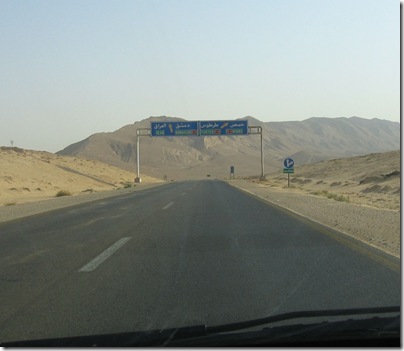
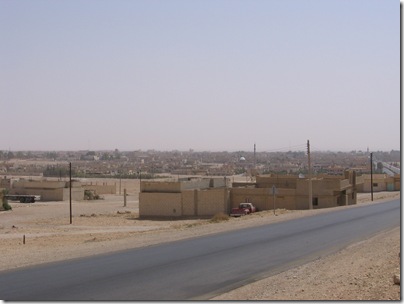
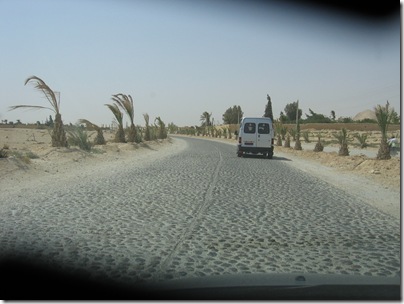
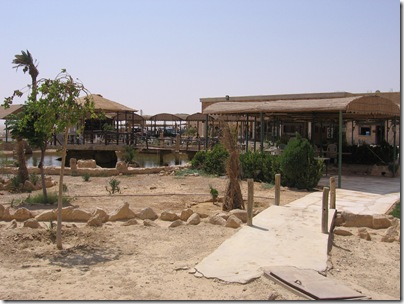
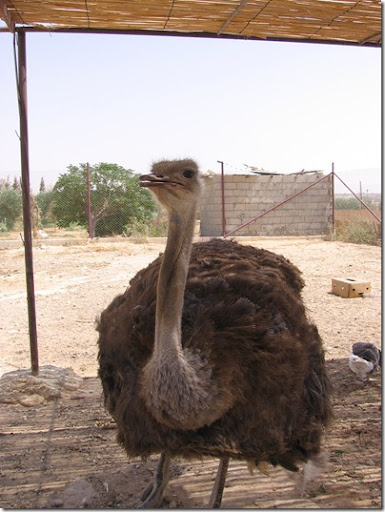
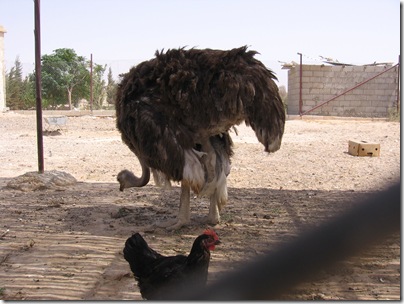
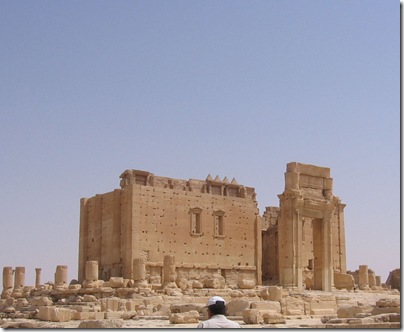
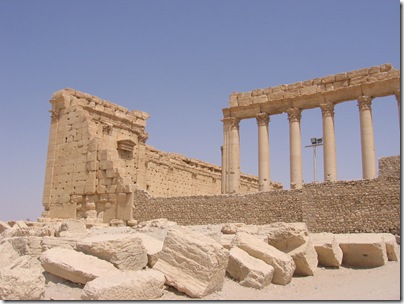
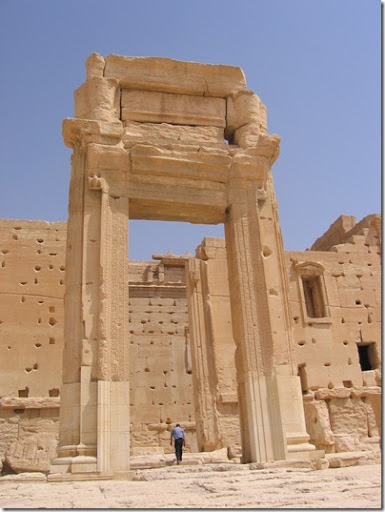
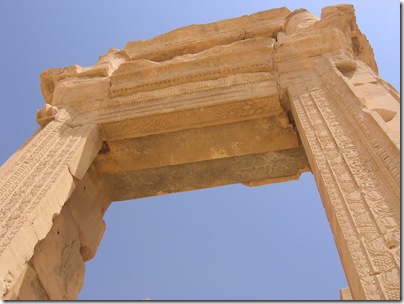
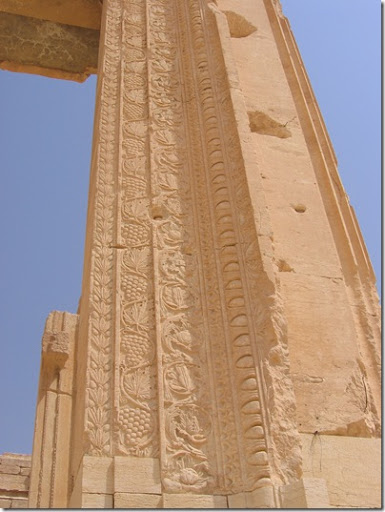
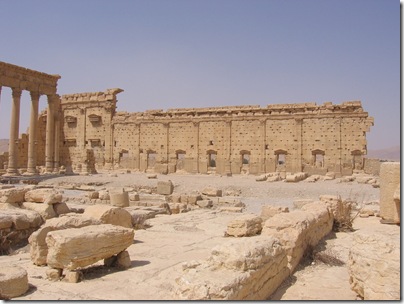

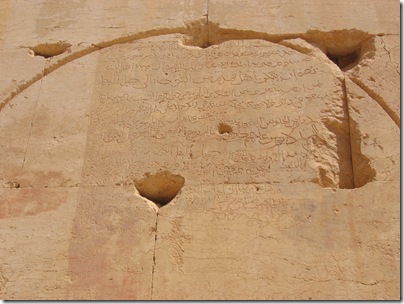

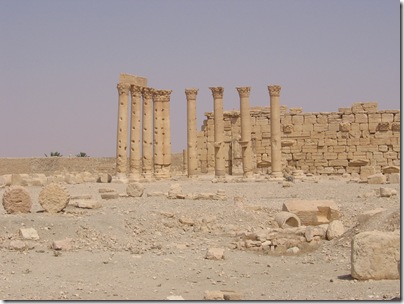

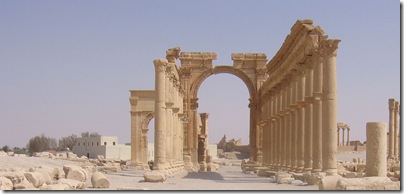

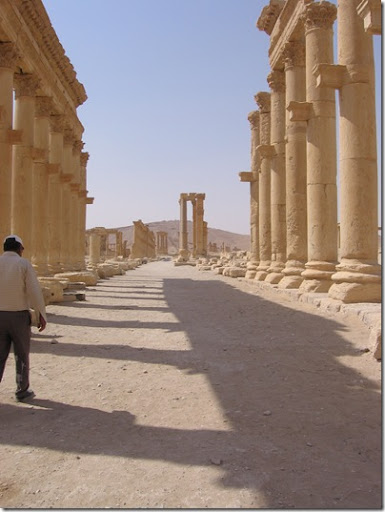
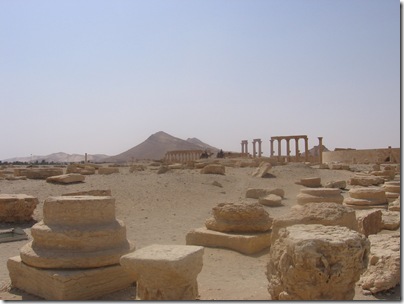
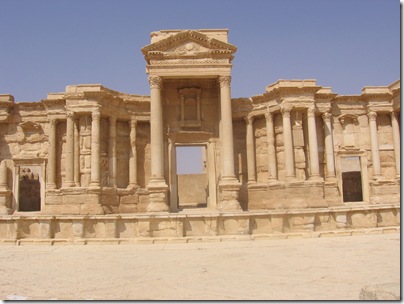
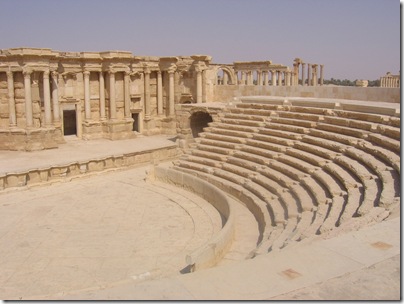
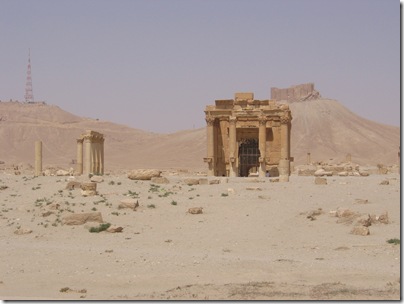
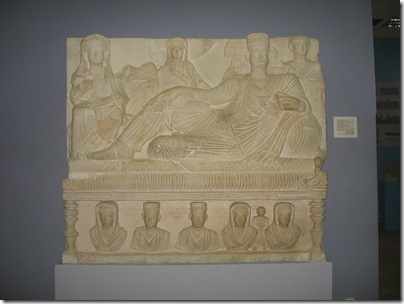
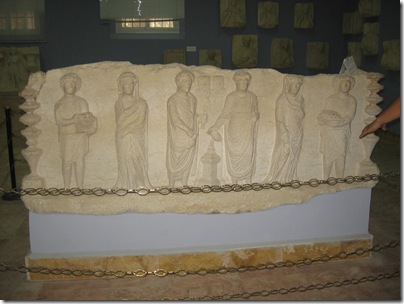
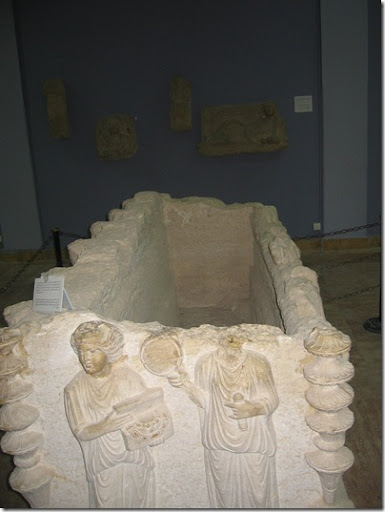
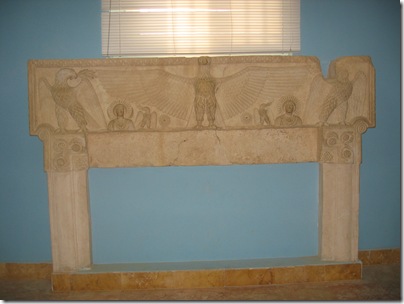
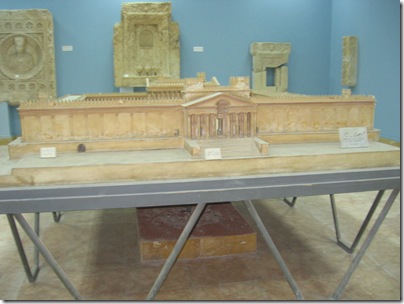
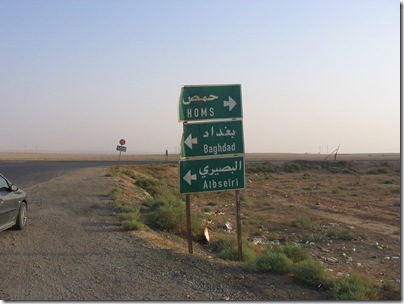
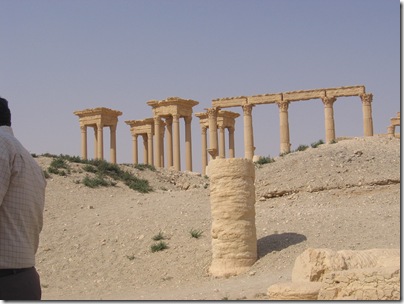
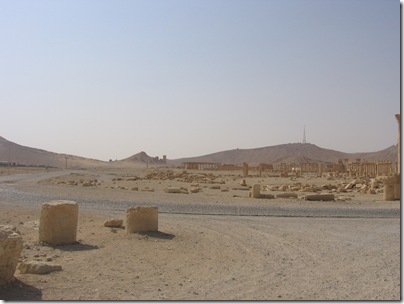



1 comment:
Post a Comment